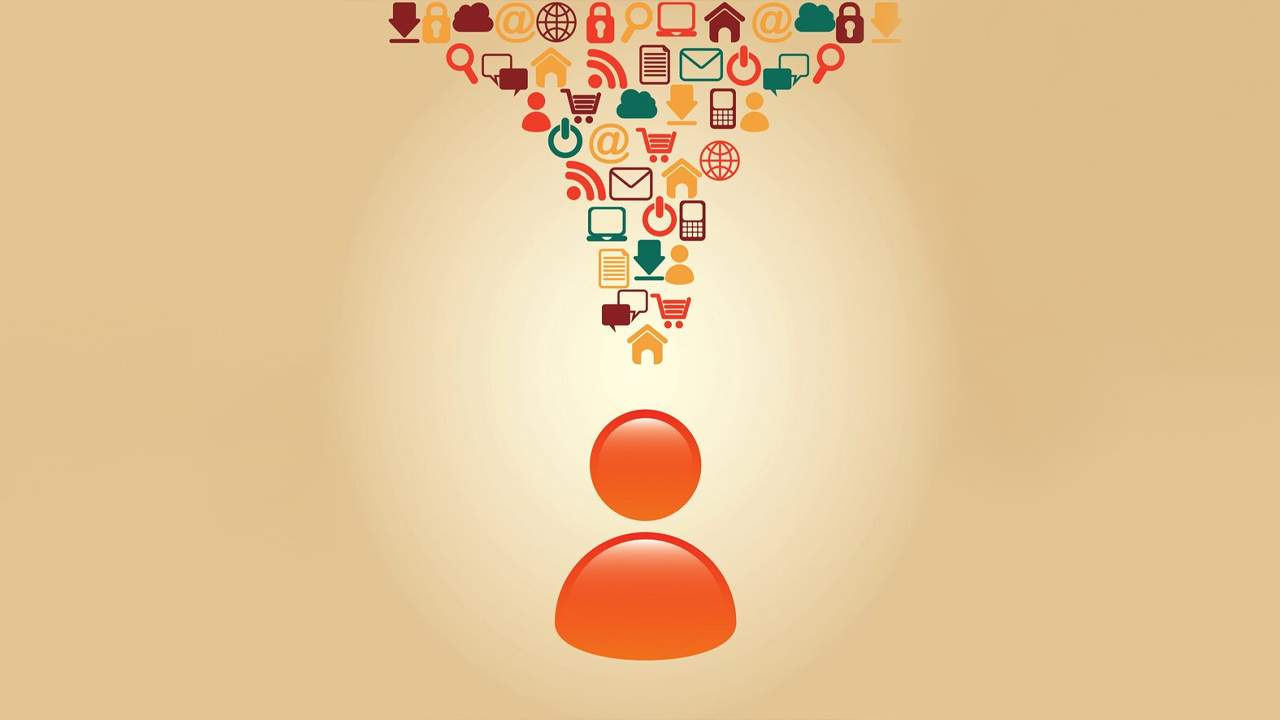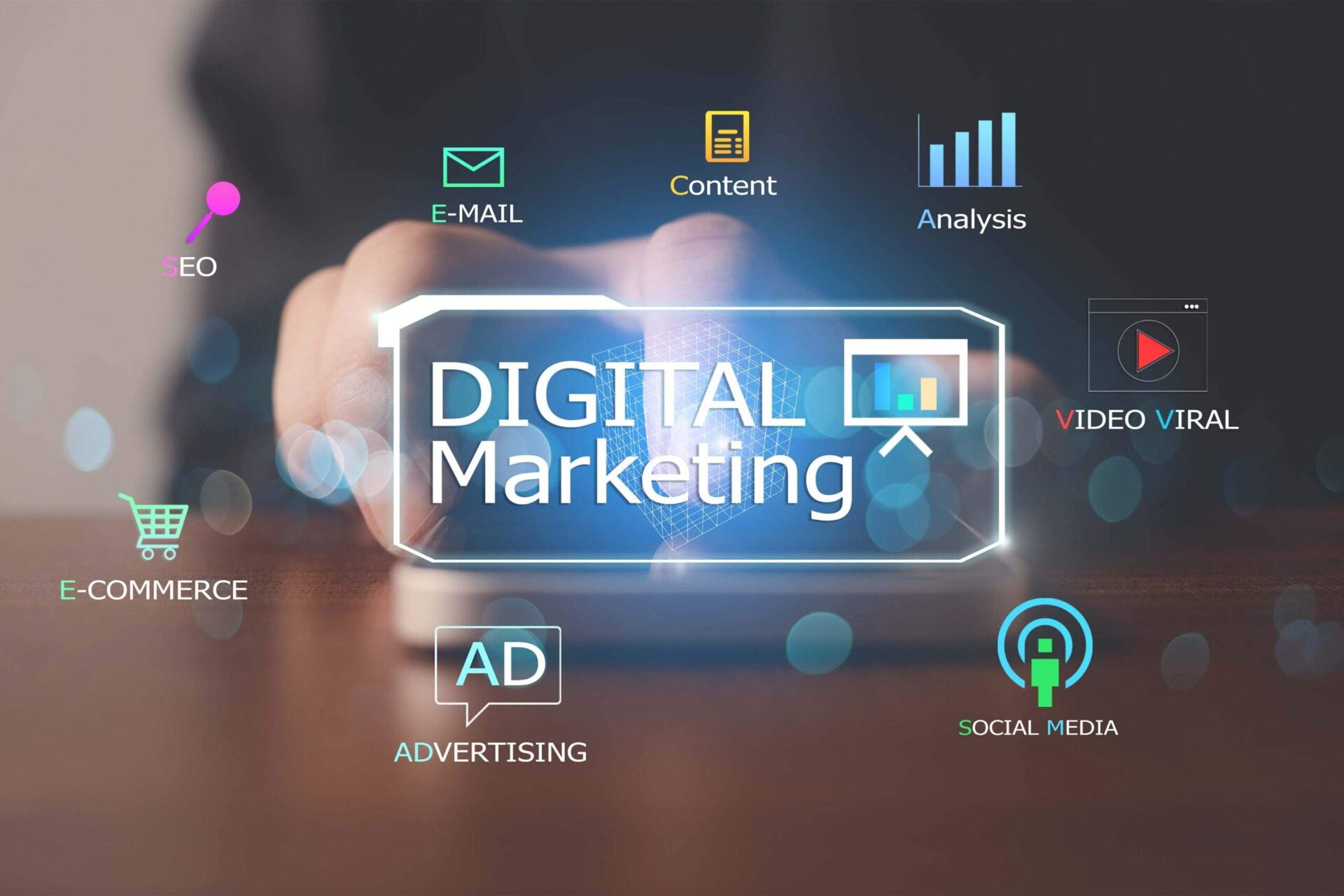Have you encountered consumer behaviors that seem inexplicable or even irrational and you start asking yourself why people choose one product over another despite their individual preferences? It may be because an underlying hidden influence is affecting their decisions. Uncovering these subconscious drivers of consumer behavior can help you gain deeper insight into the motivations behind purchasing choices and how to create better marketing strategies. From influencing packaging color to creating targeted messages, uncovering these subtle factors gives your clients a more holistic understanding of what drives customer actions. In this blog post, we’ll dive deep into uncovering some of the most common subconscious drivers that affect consumer decisions.
Uncovering Hidden Influences and How Companies Are Leveraging Them to Reach Consumers
In today’s world, there are countless hidden influences that shape our decisions and actions without us even realizing it. From subtle marketing messages to the way products are presented on shelves, companies have become experts at leveraging these influences to reach consumers in more effective ways. And it’s not just about manipulating people into buying things they don’t need – these techniques can also be used for good, helping companies promote healthier behaviors or encourage environmental sustainability. By uncovering these hidden influences and understanding how they work, we can become more informed consumers and make decisions that align with our values and goals. So next time you’re making a purchase or engaging with a brand, take a moment to think about the forces that might be influencing your decision – you might be surprised at what you discover!
What are Subconscious Drivers and How Do They Affect Consumer Behavior?
Consumer behavior is a complex phenomenon that is influenced by a multitude of factors, some of which are subconscious. These hidden influences are known as subconscious drivers, and they shape our decisions without us even realizing them. These drivers can be anything from past experiences to cultural norms, social expectations, or even personal biases. Understanding these drivers is crucial for businesses that want to create effective marketing strategies that resonate with their target audience. By tapping into these hidden influences, businesses can craft messaging and experiences that appeal to consumers on a deeper level, resulting in more meaningful and long-lasting relationships with their customers. Every marketer and business needs to know the importance of uncovering these subconscious drivers and using them to our advantage.
The Impact of Memory on Brand Perception and Consumer Behavior
Our human brain is capable of storing vast amounts of information and memories that we use to make sense of the world around us. This includes our perception of brands and how we interact with them. Memory plays a crucial role in influencing consumer behavior and brand perception in numerous ways. For instance, positive memories associated with a specific brand may lead to increased brand loyalty and repeat purchases. Conversely, negative memories associated with a brand can have adverse effects on consumer behavior, leading to decreased sales and brand reputation. Exploring the impact of memory on brand perception is a fascinating endeavor that sheds light on how we interact with the world of consumer products, shaping our preferences and decision-making processes. By understanding the role of memory in consumer behavior, marketers can better tailor branding strategies to leverage positive memories and avoid negative ones.
Examining Cognitive Bias and Its Effects on Purchase Decisions
Have you ever made a purchase that you later regretted? It’s possible that cognitive biases played a role in that decision. Cognitive biases are mental shortcuts that our brains take to make decisions quickly, but they can also lead us astray. For example, confirmation bias is the tendency to look for information that confirms what we already believe, while ignoring information that contradicts it. This can result in us making a purchase based on incomplete information. Another cognitive bias is social proof, which is the tendency to follow the actions of others because we believe they are making the right decision. This can lead us to make a purchase simply because others are doing the same, without actually considering if it’s the right decision for us. By examining cognitive biases, we can become more aware of our own thought processes and make purchase decisions that align with our values and needs.
The Power of Emotions in Driving Consumer Decisions
Emotions play a significant role in shaping our consumer behaviors. As human beings, we are naturally driven by our feelings, and these emotions often dictate how we perceive a particular product or service. Our emotions also influence how we interact with brands and make purchasing decisions. For example, a company that can evoke a strong emotional response from its consumers is more likely to build strong brand loyalty and brand advocacy. As an expert in the field, I believe it is essential for marketers to embrace the power of emotions when crafting their messaging strategies. By understanding the emotional drivers that influence consumer behaviors, companies can create more meaningful connections with their target audience, resulting in increased sales and customer engagement.
The Role of Habits in Guiding Consumer Choices
As human beings, it’s easy to fall into certain patterns of behavior- both good and bad. We often develop habits without even realizing it, like reaching for our phones first thing in the morning or checking the fridge for snacks every time we walk past it. But have you ever stopped to consider how these habits influence the choices we make as consumers? As it turns out, they play a huge role. Habits can be incredibly powerful drivers of behavior- just think about how you always reach for the same brand of toothpaste or order the same type of coffee at your favorite cafe. Understanding how the brain forms habits and the role they play in our decision-making processes can be incredibly valuable for marketers looking to influence consumer behavior. By tapping into these ingrained patterns, brands can create more effective marketing campaigns and drive sales in a more meaningful way.
How Culture Impacts What People Buy and Why They Buy
From the clothes we wear to the food we eat, our purchases are deeply influenced by our culture. Think about it – have you ever bought something just because you saw it in a movie or on a TV show? Or perhaps you gravitate towards certain products because they remind you of your family’s traditions? Cultural norms and values shape our spending habits in more ways than we realize. For instance, in some cultures, gift-giving is seen as a sign of respect and appreciation. This means that people are more likely to spend money on thoughtful presents for loved ones than they are on themselves. On the other hand, in Western societies, individualism and self-expression are highly valued, which explains why many people invest in products that reflect their unique personalities. Ultimately, understanding the ways in which culture impacts our purchasing decisions is key to developing effective marketing strategies, making use of social media marketing solutions, and building successful businesses.
Investigating the Influence of Media on Consumer Behavior
As consumers, we are constantly bombarded with media messages from all angles – TV commercials, online ads, influencer endorsements, and so on. But have you ever stopped to think about how these messages actually affect your behavior and buying decisions? This is where the investigation into the influence of media on consumer behavior comes in. Through careful analysis and observation, researchers have uncovered some fascinating insights about just how much social media can sway our preferences, aspirations, and even our perceptions of reality. From the subtle use of color and imagery to the power of social proof and authority figures, media messages have a profound impact on the way we think and act as consumers. So next time you find yourself reaching for a certain product or brand, ask yourself – is this really my own choice, or have the media messages around me been influencing my behavior?
Understanding how family dynamics shape people’s purchasing decisions
Have you ever wondered why you have certain preferences when it comes to buying products? Well, it turns out that the dynamics of your family could be playing a huge role in shaping your purchasing decisions. Your family environment can influence everything from the brands you gravitate towards to the types of products you see as essential. This can be in the form of your parents’ spending habits, your siblings’ preferences, and more subtle cues that you may have picked up on from your upbringing. Understanding how your family dynamics have shaped your consumer behavior could help you make more informed purchasing decisions, and even unlock some insights into your personality. So, take a closer look at the role your family plays in your shopping habits, and see what you can learn about yourself in the process!

Conclusion
It is clear that there are many different subconscious drivers at work when it comes to consumer behavior. From the power of emotions to the role of habits and the influence of media and family dynamics, there is a lot that goes into our purchase decisions. Furthermore, culture, memory, and cognitive bias all play key roles in how people perceive brands and whether they decide to buy a product or not. As marketers, it is important to understand these subconscious factors in order to design more effective campaigns that resonate with their target audience. By understanding what makes people tick, marketers can provide more tailored experiences that will help drive better results. Additionally, they can use this knowledge to build deeper connections with their customers by creating experiences that evoke emotion and give them what they need.









